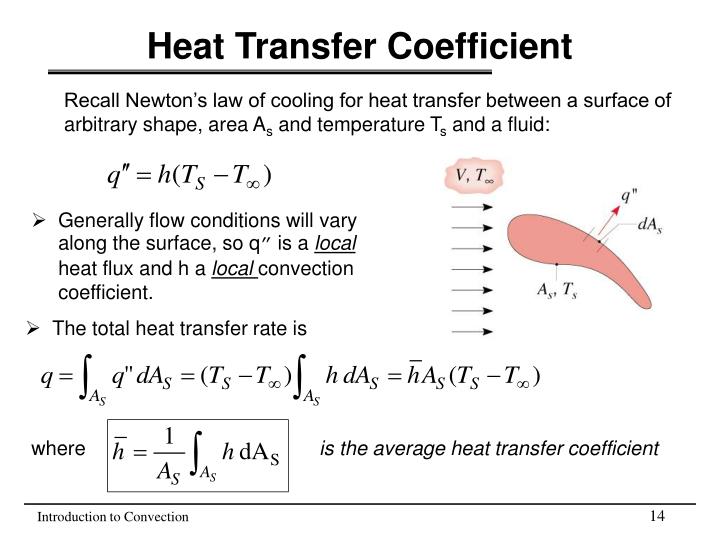
In real-world applications one cannot know the exact heat flux at every point on the surface, but approximation schemes can be used to calculate the integral, for example Monte Carlo integration. ∂ E i n ∂ t − ∂ E o u t ∂ t − ∂ E a c c u m u l a t e d ∂ t = 0 of the system. Such a balance can be set up for any physical system, from chemical reactors to living organisms, and generally takes the following form One of the tools in a scientist's or engineer's toolbox is the energy balance. Once the heat flux sensor is calibrated it can then be used to directly measure heat flux without requiring the rarely known value of thermal resistance or thermal conductivity.

However, differential thermopile heat flux sensors have to be calibrated in order to relate their output signals to heat flux values. These parameters do not have to be known since the heat flux sensor enables an in-situ measurement of the existing heat flux by using the Seebeck effect. The heat flux of a unit of exposed surface area is known as the heat transfer. It would be written in Watts or Joules/sec. Think of measuring the energy of sunshine through a window at a single point. The most common type of heat flux sensor is a differential temperature thermopile which operates on essentially the same principle as the first measurement method that was mentioned except it has the advantage in that the thermal resistance/conductivity does not need to be a known parameter. Heat flux is, by definition, the rate of thermal energy being transferred through a surface per unit of time. Using the thermal resistance, along with temperature measurements on either side of the material, heat flux can then be indirectly calculated.Ī second method of measuring heat flux is by using a heat flux sensor, or heat flux transducer, to directly measure the amount of heat being transferred to/from the surface that the heat flux sensor is mounted to. Heat flux or thermal flux, sometimes also referred to as heat flux density, heat-flow density or heat flow rate intensity is a flow of energy per unit of. Accurate values for the material's thickness and thermal conductivity would be required in order to determine thermal resistance. Therefore, the heat flux formula is Фq - k dT(x)/ dx.

This is a vector quantity that includes magnitude and direction.

As per SI, heat flux density can be measured as Watts per meter square, i.e. Usually this method is difficult to perform since the thermal resistance of the material being tested is often not known. Heat Flux can be represented as where the q represents heat flux. This method is analogous to a standard way to measure an electric current, where one measures the voltage drop over a known resistor. A commonly known, but often impractical, method is performed by measuring a temperature difference over a piece of material with known thermal conductivity. The measurement of heat flux can be performed in a few different manners.


 0 kommentar(er)
0 kommentar(er)
